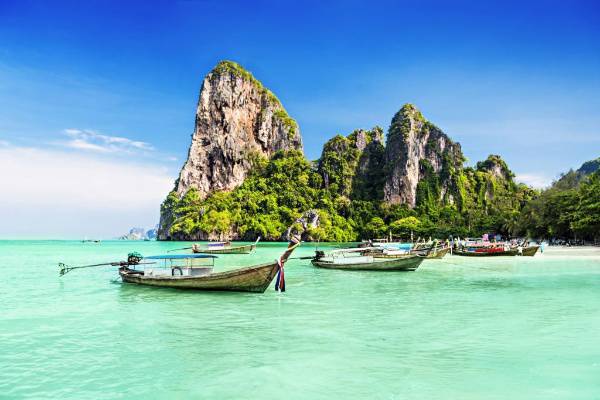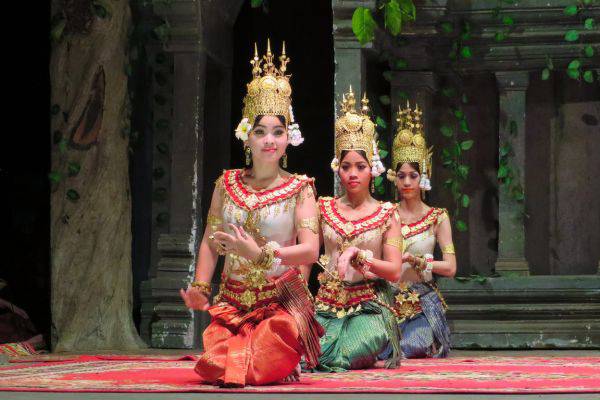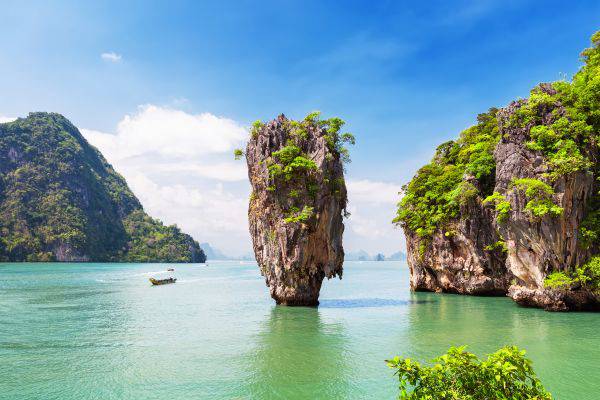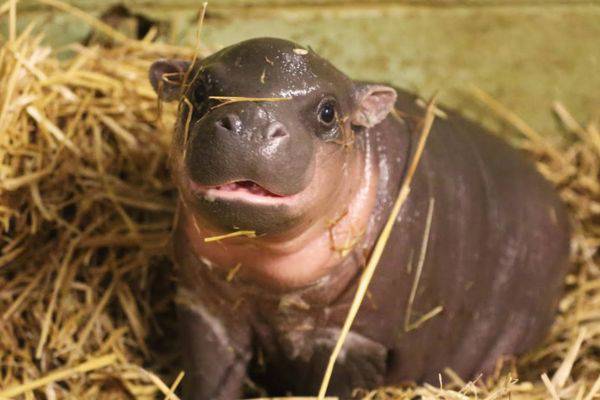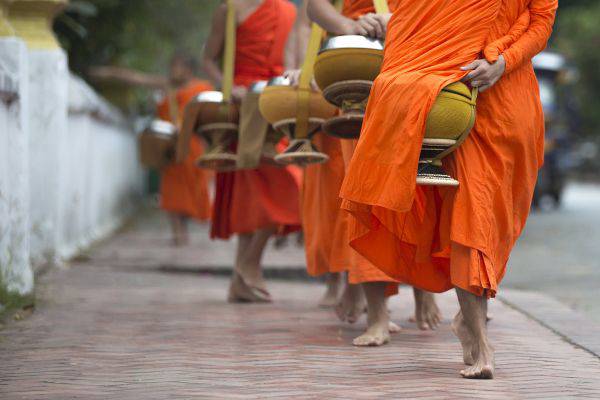Dark Echoes of History: Exploring the Killing Fields and S21 Prison in Cambodia
Cambodia is a country of incredible beauty - graceful temples, lush rice paddies, and warm, welcoming people. But beneath its vibrant culture lies a somber past that continues to shape the nation’s identity. For any traveler seeking to understand the depth of Cambodia's history, a visit to the Killing Fields, Tuol Sleng Prison, also known as S21, is a haunting yet necessary journey.
These two sites are not merely tourist destinations; they are powerful memorials to one of the most brutal genocides of the 20th century. Between 1975 and 1979, under the Khmer Rouge regime led by Pol Pot, an estimated 1.7 to 2 million Cambodians - nearly a quarter of the population - lost their lives to starvation, forced labor, execution, and torture. Today, the Killing Fields Cambodia and S21 Cambodia stand as chilling reminders of the atrocities and serve as spaces of reflection, education, and remembrance.
1. The Rise of the Khmer Rouge
To understand the significance of these memorial sites, we must first understand the context in which they were born.
After years of civil unrest, the Khmer Rouge took control of Phnom Penh on April 17, 1975. Led by Pol Pot, the regime aimed to create a utopian agrarian society free of class distinction. Intellectuals, teachers, doctors, artists, and even those who wore glasses or spoke foreign languages were viewed as enemies of the state. Urban populations were forcefully relocated to the countryside, and private property, religion, and education were abolished.
The country was transformed into a massive labor camp, and anyone suspected of opposing the regime was arrested, tortured, and executed. The Tuol Sleng prison and the Killing Fields became the central locations for these crimes.
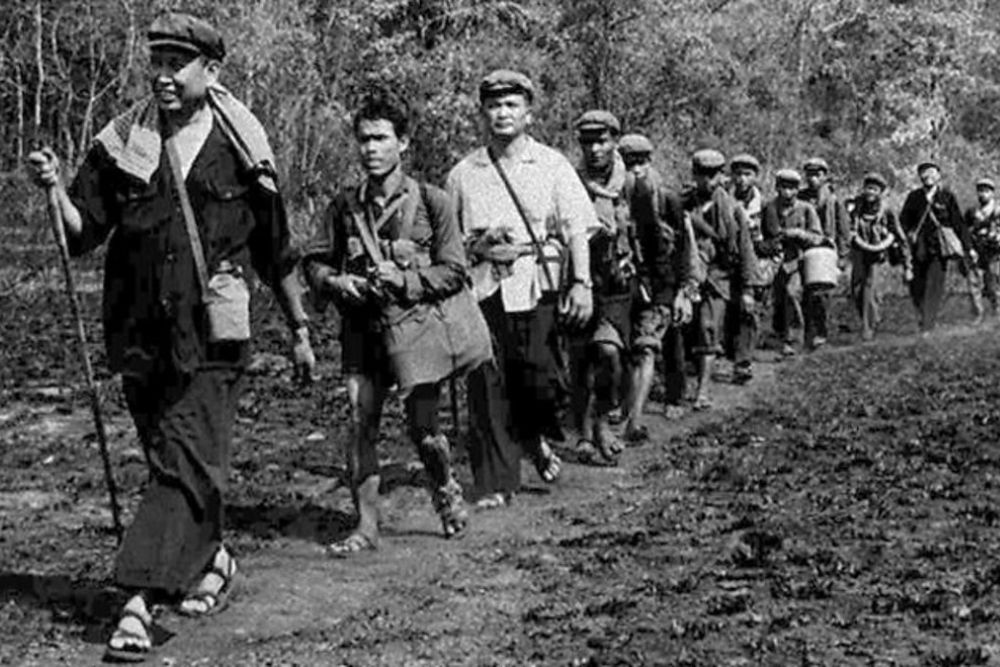
2. S21 Cambodia: From School to Prison
Before it became a place of nightmares, Tuol Sleng was a high school in the heart of Phnom Penh. In 1976, the Khmer Rouge repurposed the building into Security Prison 21 (S21) - one of the regime’s most notorious torture centers.
Between 1976 and 1979, an estimated 17,000 people passed through the gates of S21. The majority were political prisoners - intellectuals, professionals, former Khmer Rouge members accused of betrayal, and even children. Of those detained, only about 12 known individuals survived.
The conditions were horrific. Prisoners were shackled, starved, beaten, electrocuted, and subjected to grotesque forms of torture to extract false confessions. Once their “guilt” was proven, they were sent to execution sites outside the city - the most infamous being the Killing Fields at Choeung Ek.
Today, the site is preserved as the Tuol Sleng Genocide Museum. Visitors can walk through former classrooms-turned-cells, view photographs of victims (each prisoner was meticulously documented), and read first-hand accounts. The black-and-white portraits stare back with a haunting silence that grips the soul. Some rooms still display rusted bed frames and chains, preserved exactly as they were found in 1979 when the Vietnamese army discovered the prison.
It is deeply emotional, but it is a visit that confronts the reality of cruelty and underscores the importance of remembrance.
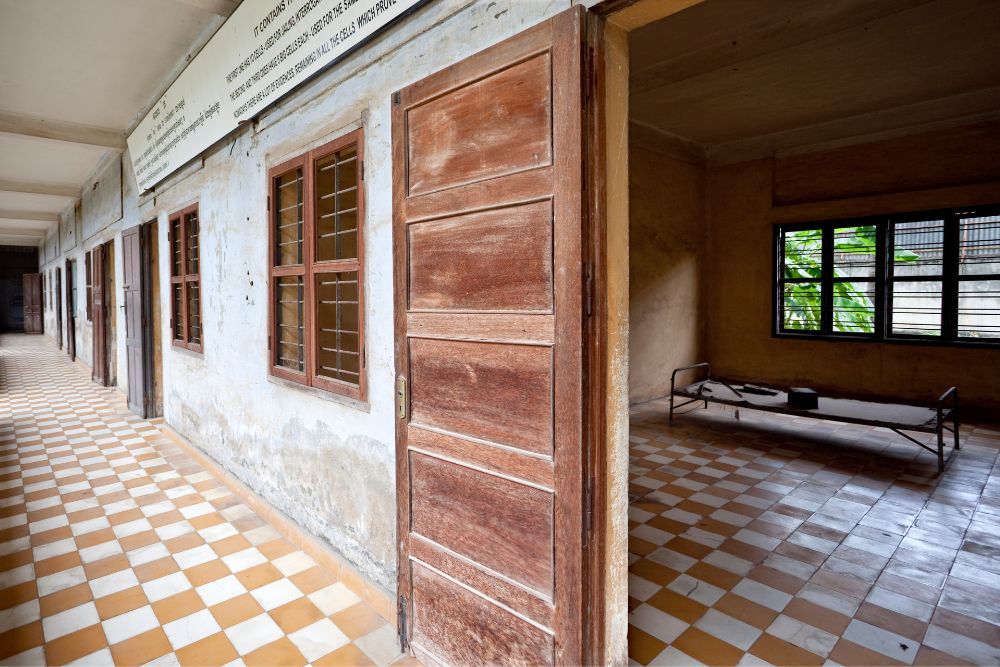
3. The Killing Fields Cambodia: Choeung Ek
Roughly 15 kilometers outside Phnom Penh lies Choeung Ek, the most well-known of the many Killing Fields in Cambodia. There are over 300 mass grave sites across the country, but Choeung Ek is the most visited and the most symbolic of the Khmer Rouge atrocities.
After torture at S21, prisoners were transported by truck to Choeung Ek under the cover of darkness. They were told they were being relocated or released, but instead, they were led to mass graves and executed. Bullets were scarce, so soldiers used tools like farming hoes, axes, and even the jagged bark of sugar palm trees.
Among the most disturbing sites is the Killing Tree, where children were brutally murdered in front of their mothers. Today, the tree is adorned with colorful bracelets left by mourners from around the world - a small but touching gesture of solidarity and sorrow.
At the center of Choeung Ek stands a stupa - a Buddhist memorial - filled with more than 5,000 human skulls, many of which show visible signs of blunt trauma. The stupa is transparent, allowing visitors to confront the remains of the genocide directly. It is a harrowing sight that compels silence and reflection.
Visitors can walk along the peaceful paths, now shaded by trees and blooming flowers, listening to the excellent audio guide (available in multiple languages) that recounts personal survivor stories and historical context. The tranquility of the setting sharply contrasts with its violent history, making it even more profound.
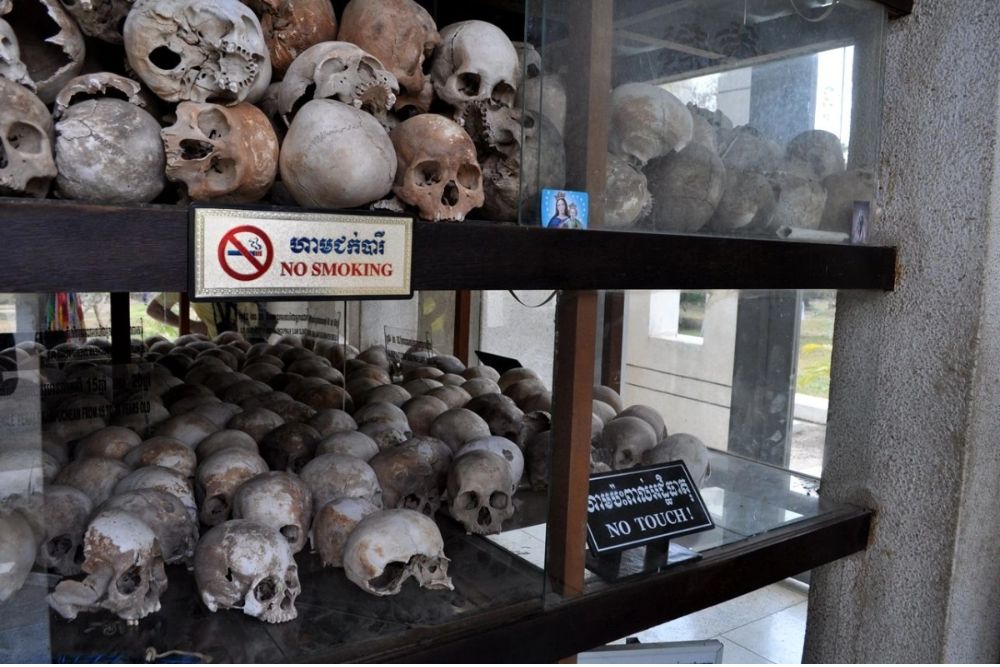
4. The Journey Through Memory: What to Expect When You Visit
Visiting Tuol Sleng prison and the Killing Fields is not easy, emotionally speaking. These sites are graphic, raw, and deeply moving. But they are also incredibly important. Here’s what you should know before you go:
Tuol Sleng Genocide Museum (S21 Cambodia)
- Location: Phnom Penh city center
- Opening Hours: 8:00 AM – 5:00 PM daily
- Entrance Fee: ~$5 USD (audio guide extra)
- Highlights: Prison cells, victim photographs, survivor testimonials, torture devices
Choeung Ek Killing Fields
- Location: 15 km from Phnom Penh (accessible by tuk-tuk or motorbike)
- Opening Hours: 8:00 AM – 5:30 PM
- Entrance Fee: ~$6 USD (includes audio guide)
- Highlights: Stupa with skulls, mass grave sites, Killing Tree, tranquil walking paths
Visitor Etiquette:
- Dress modestly out of respect
- Speak quietly - these are places of mourning
- Photography is allowed, but avoid taking selfies or disrespectful poses
- Prepare emotionally - take your time and don’t rush
5. The Importance of Remembering
Why visit places like S21 and the Killing Fields?
Because remembering is an act of resistance. It's a refusal to let horror be forgotten or repeated. These sites serve as powerful educational tools for Cambodians and international visitors alike. They remind us of the dangers of totalitarianism, of blind ideology, and of what can happen when power goes unchecked.
Many survivors have chosen to share their stories, not for fame or attention, but because they believe that through storytelling, healing can begin. At S21, you may be lucky enough to meet a survivor in person - many are now elderly men who sit outside the museum with their memoirs, willing to speak with visitors.
Their resilience is humbling. Their forgiveness, even more so.
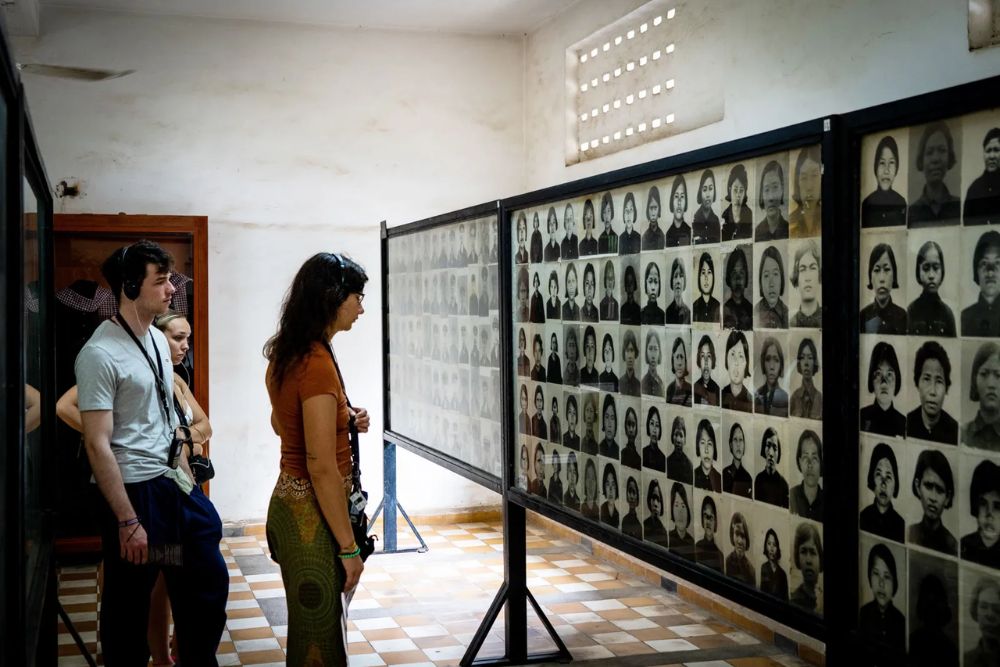
6. Beyond Dark Tourism: Ethical Travel to S21 and the Killing Fields
While these destinations fall under the category of “dark tourism,” visiting them should not be seen as morbid curiosity. Done respectfully, these visits foster cultural empathy, humanize history, and support memorial institutions that preserve truth.
A portion of entrance fees goes toward maintaining the sites and supporting survivor families. Buying books from survivors, donating to the museums, and spreading awareness through writing or conversation are all meaningful ways to contribute.
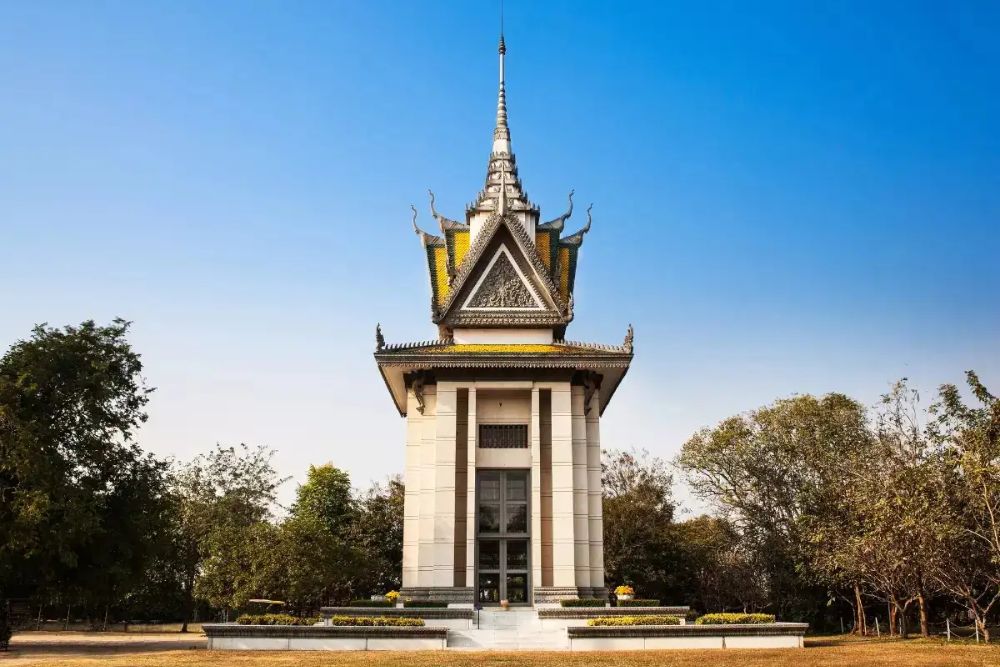
7. Cambodia’s Unbreakable Spirit
Despite its dark history, Cambodia today is a country of hope and revival. From the majestic Angkor Wat to the bustling streets of Phnom Penh and the serenity of the Mekong, Cambodia’s beauty lies in its complexity.
The Killing Fields, S21, and Tuol Sleng Prison Cambodia are places no traveler will ever forget. They are emotionally heavy, but they are also filled with the strength of a people who refuse to be defined by their suffering.
To visit them is to honor the past - and to better understand the present.
So when you travel to Cambodia, don’t just chase temples and sunsets. Make time for history. Walk where others once suffered. Listen. Remember. And carry their stories forward.




 English
English
 French
French
 Italian
Italian


